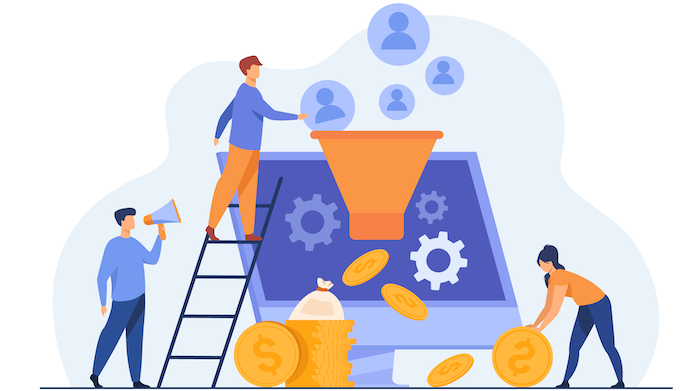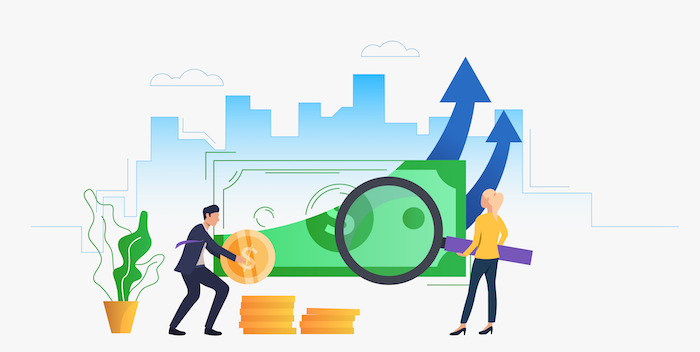SaaS Revenue Recognition: How to Prevent Costly Mistakes in Your Enterprise SaaS Business
Revenue recognition is a critical aspect of financial reporting for B2B SaaS companies. Missteps in recognizing revenue correctly can lead to...
2 min read
 Sami Isotalo
:
Mar 21, 2023 10:06:35 AM
Sami Isotalo
:
Mar 21, 2023 10:06:35 AM

Subscription revenue recognition is particularly crucial for SaaS businesses. Unlike traditional models, SaaS relies on subscription-based invoicing methods that can complicate revenue tracking and management. In this post, we will explore the unique aspects of revenue recognition in SaaS, including deferred revenue, compare them to traditional business practices, and demonstrate how the right tools can streamline and automate these processes.
Revenue recognition refers to recognizing sales as part of revenue. According to accounting rules, this happens when a product or service has been delivered to a customer.
Revenue recognition is a fundamental function for companies. Revenues must be recognized in the company’s financial reporting accurately, at the right time, and in the right way according to accounting standards such as Generally Accepted Accounting Principles (GAAP) GAAP and International Financial Reporting Standards (IFRS).
Doing revenue recognition manually is time-consuming, error-prone, and may in the worst case even prevent bringing new offerings to the market due to the increased workload.
Through automation, finance teams can shift their focus from routine data management to strategic activities directly related to business growth and decision-making.
Companies that sell services and products as a one-time deal can complete revenue recognition immediately. However, SaaS companies using subscription-based pricing models may charge part of the overall fee as a base fee in advance of the subscription period.
Revenue recognition is simple when the sale and delivery happened during the same accounting period. How about when a SaaS business customer pays the whole following year in advance?
In this case, the SaaS company must count the received money in advance as deferred revenue and month by month, piece by piece, recognize it as revenue. The calculation below shows an example of the issue.
A one-time deal for services worth 12,000€ is delivered to the customer. In this case, the revenue recognition can be done immediately and the full payment can be recognized as revenue.
Conversely, a customer can order a one-year subscription to SaaS services on the 1st of January, which costs 1000€/month. The customer is billing the full year in advance with 12,000€ (12 months * 1000€/month = 12,000€ total cost). In this case, the company can recognize 1000€ of the total amount as revenue, and the remaining 11,000€ must be handled as deferred revenue. In February, the company can once again mark one thousand additional euros as recognized revenue meanwhile deferred revenue drops to 10,000€.
Imagine you have hundreds, perhaps thousands, or even tens of thousands of customers with many kinds of invoicing periods and prices. How much time do you lose in error-prone work?
So what happens if a subscription is downgraded? In this situation, you will have to adjust already-done deferrals. Similarly, when a subscription is upgraded, you need to make additional bookings to revenue recognition either by billing the customer on the difference or crediting the future periods already invoiced and issuing a new invoice to reflect the upgraded subscription.
As revenue cannot be recognized before the service is delivered to the customer, the fee charged in advance becomes a liability in accounting. Month by month, the company must gradually recognize the corresponding revenue at the time of delivery, leading to increased manual and error-prone work, especially for companies that have a large number of customers with different kinds of invoicing periods and price plans.
So why not automate subscription revenue recognition as part of your overall end-to-end subscription management process and enjoy the benefits Good Sign’s Subscription Management can offer you? Check out our guide below for more information about how automation can uncover 10% non-billed revenue, which can result in 40% increased profits.
Revenue recognition is a critical aspect of financial reporting for B2B SaaS companies. Missteps in recognizing revenue correctly can lead to...

Forbes recently released an article about the Relationship Between Revenue Operations And Recurring Revenues. The article emphasized the importance...
Scaling a B2B SaaS business often means prioritizing new customer acquisition while overlooking untapped revenue opportunities within the existing...